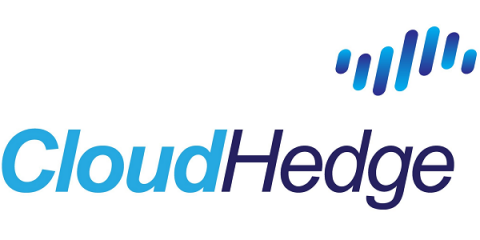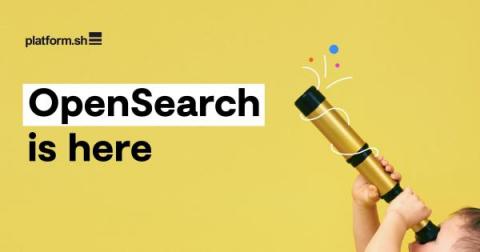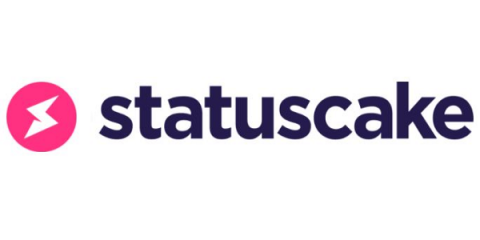Strengthen Your Developer Experience and Deployment Velocity with OKE and Shipa Cloud
For an application developer, there is certainly a long road between an idea/feature and getting deployed into production with Kubernetes. From a development perspective, having a low barrier of entry and the ability to iterate is key. From a platform engineering/DevOps perspective, creating gains in engineering efficiency all while creating and enforcing policies that do not stifle innovation is key.











